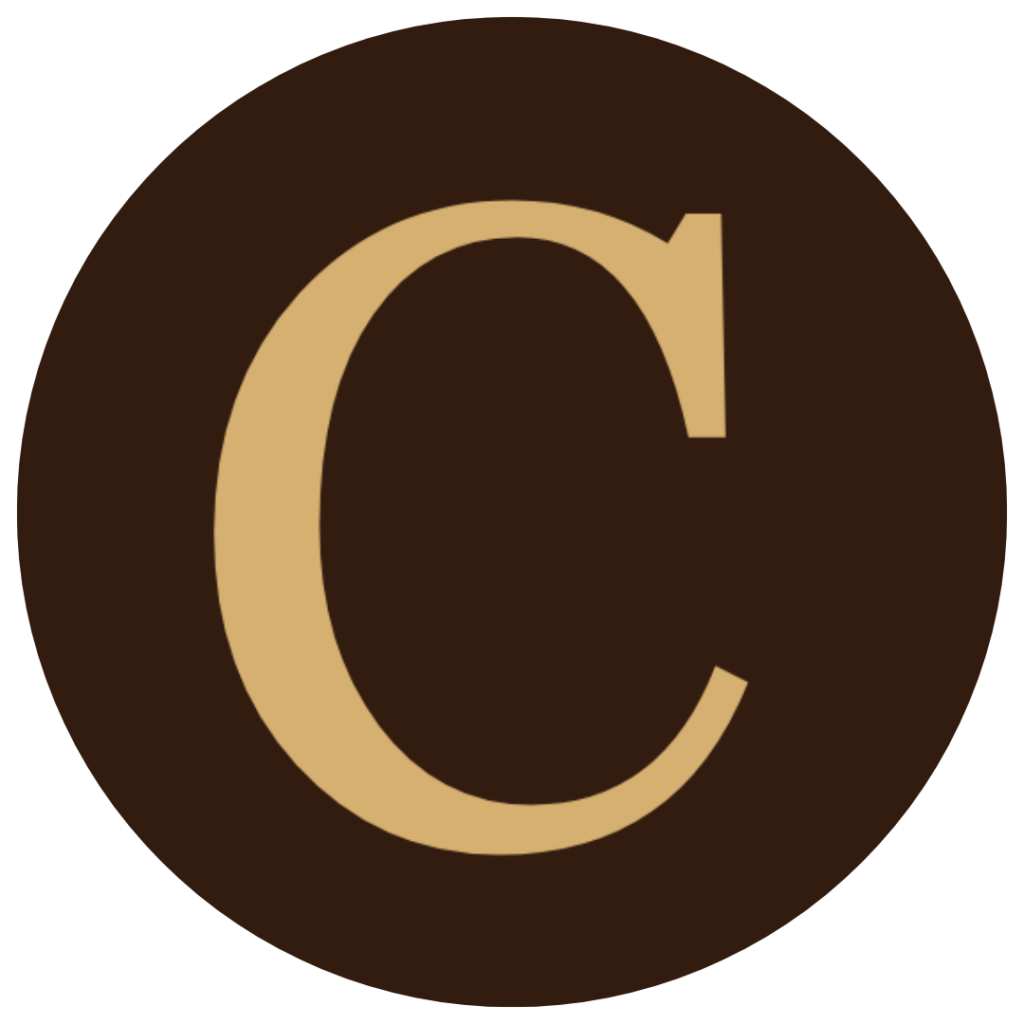Workplace cohesion plays a key role in binding teams together. A united workforce can help foster trust and improve productivity, embracing a “we before I” mindset and shifting focus from individual wins to collective success. In this type of culture, it’s not just about working together; it’s about recognizing that, often, together, we can achieve more. This cohesion can serve as an important factor in supporting organizational growth. Here are five practical ways that may contribute to driving team cohesion and strengthening your workplace culture.
Empowering Employees
Employee empowerment is about creating an environment where individuals feel trusted, valued, and capable. It begins with delegating tasks and offering team members the autonomy to take ownership of their work. Trust is crucial—when leaders reduce micromanagement and shift their focus to providing support, confidence among employees may grow. Empowerment also involves offering constructive feedback, ongoing training, and development opportunities. Most importantly, it’s about fostering a safe, respectful space where employees feel heard and respected. By nurturing such an environment, organizations may see increased engagement and a stronger sense of belonging among employees.
Practice Team Building Activities
Engaging in team-building activities can be beneficial for nurturing a positive and unified workplace. Celebrating successes, launching incentive programs, and hosting regular team outings or monthly events can contribute to boosting morale and reinforcing team bonds. Activities like rewards and recognition or shared learning experiences may help foster a sense of community and belonging. These initiatives often enhance collaboration and can help teams develop unique dynamics, encouraging both individual growth and collective success. While the impact of team-building activities can vary, they often provide valuable opportunities for strengthening relationships and improving team dynamics.
Effective Goal Setting
Effective goal setting can play a significant role in boosting productivity and aligning teams. SMART goals can help clarify roles, promote transparency, and encourage collaboration. Involving team members in setting both big and small goals may foster a sense of ownership and engagement. Breaking them into measurable tasks can help keep progress on track and motivation at healthy levels. When teams have clear direction and a shared purpose, they may work more efficiently and feel more confident in their ability to meet targets.
Open Communication
Open communication is considered essential for a healthy, high-performing team. Creating clear channels for honest dialogue can encourage the sharing of ideas, feedback, and knowledge. This approach can help build trust, improve collaboration, and identify challenges early. When team members feel safe to express their thoughts, they are often more likely to offer solutions and support one another. Tackling problems becomes a collective effort, rather than an individual burden. Encouraging open communication helps create a culture where everyone feels heard, valued, and invested in the team’s success.
Cultural Fit
Ensuring cultural fit is often an important factor in building strong, successful teams. When team members share similar values, beliefs, and principles, collaboration can feel smoother and more natural. A strong cultural alignment can lead to improved work styles, better communication, and stronger teamwork. It creates an environment where individuals can better understand and support one another, which may contribute to increased productivity and positive outcomes. Hiring and nurturing people who align with the organization’s culture can provide a solid foundation for long-term success and a more cohesive team.
Disclaimer: The strategies and recommendations outlined in this article are based on commonly accepted practices for fostering workplace cohesion. While these approaches can contribute to a positive work environment, individual results may vary depending on various factors, including the specific dynamics of each organization. The content is intended for informational purposes only and does not guarantee specific outcomes.
Published by Joseph T.









